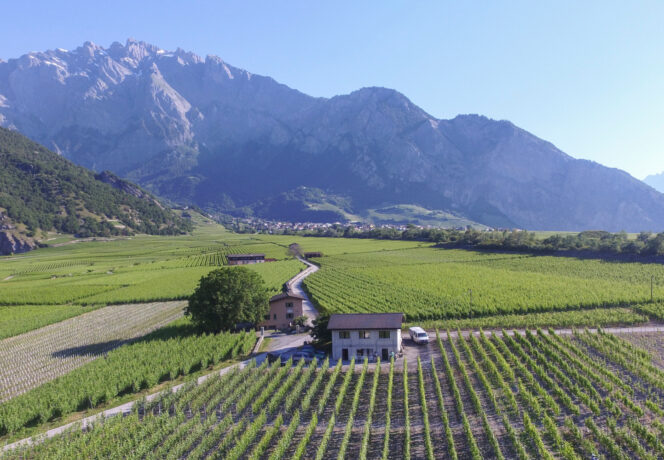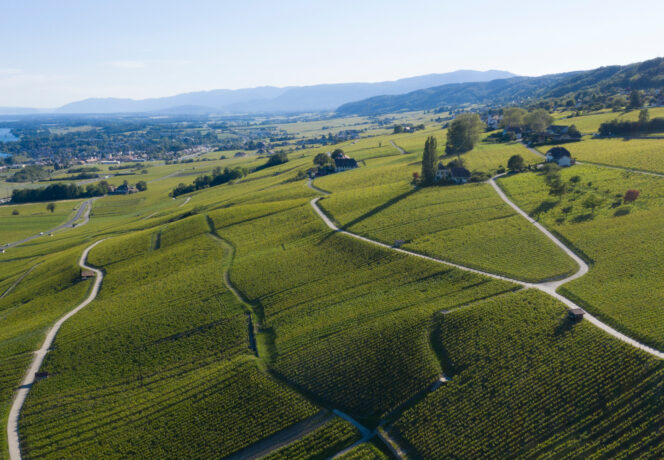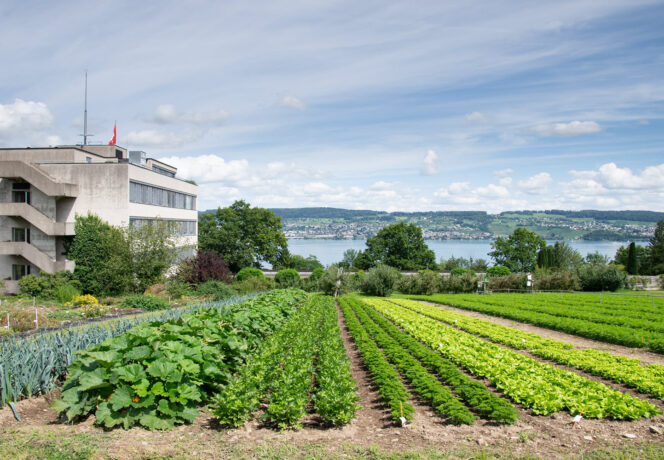Grain sorghum – an arable crop with attractive properties, as yet unknown in Switzerland
With 40.5 million hectares under cultivation, Sorghum bicolor (L.) Moench is the world’s fifth-most important arable crop. Although primarily cultivated in warmer regions, the area devoted to this crop in Europe has increased over the past few years – among other things because sorghum produces attractive yields even when little water is available. In order to increase the sparse information on cultivating grain sorghum currently available in Switzerland, trials were conducted from 2009 to 2011 in various Swiss regions with several varieties. In favourable environmental conditions, the earliest maturing varieties achieved yields of up to 110 dt ha−1 with 16 % humidity at the day of the harvest in small-plot trials. Because of sorghum‘s greater need for warmth than maize, planting in cold-air zones or in basins, or early sowing should be avoided. This will ensure a relatively quick juvenile development and good pollination. A piglet feeding trial showed that Swiss-produced sorghum is of comparable quality to the imported grain, and meets feeding requirements. Preliminary infection trials with Fusarium species resulted in low infection rates and low deoxynivalenol (DON) contents. As evidenced by the successful cultivation of Sorghum bicolor in favourable maize-growing areas of Switzerland, changing climatic conditions make it essential for Swiss farmers to have access to more detailed information of different types of millet and sorghum grown in Switzerland.
Full PDF
Grain sorghum – an arable crop with attractive properties, as yet unknown in Switzerland



